Giles Kime: 'Why contemporary art should become a feature of everyday life'
The belief that contemporary art looks best when displayed against a white, minimalist backdrop is dangerous — it can also make it look irrelevant, our Interiors Editor writes.
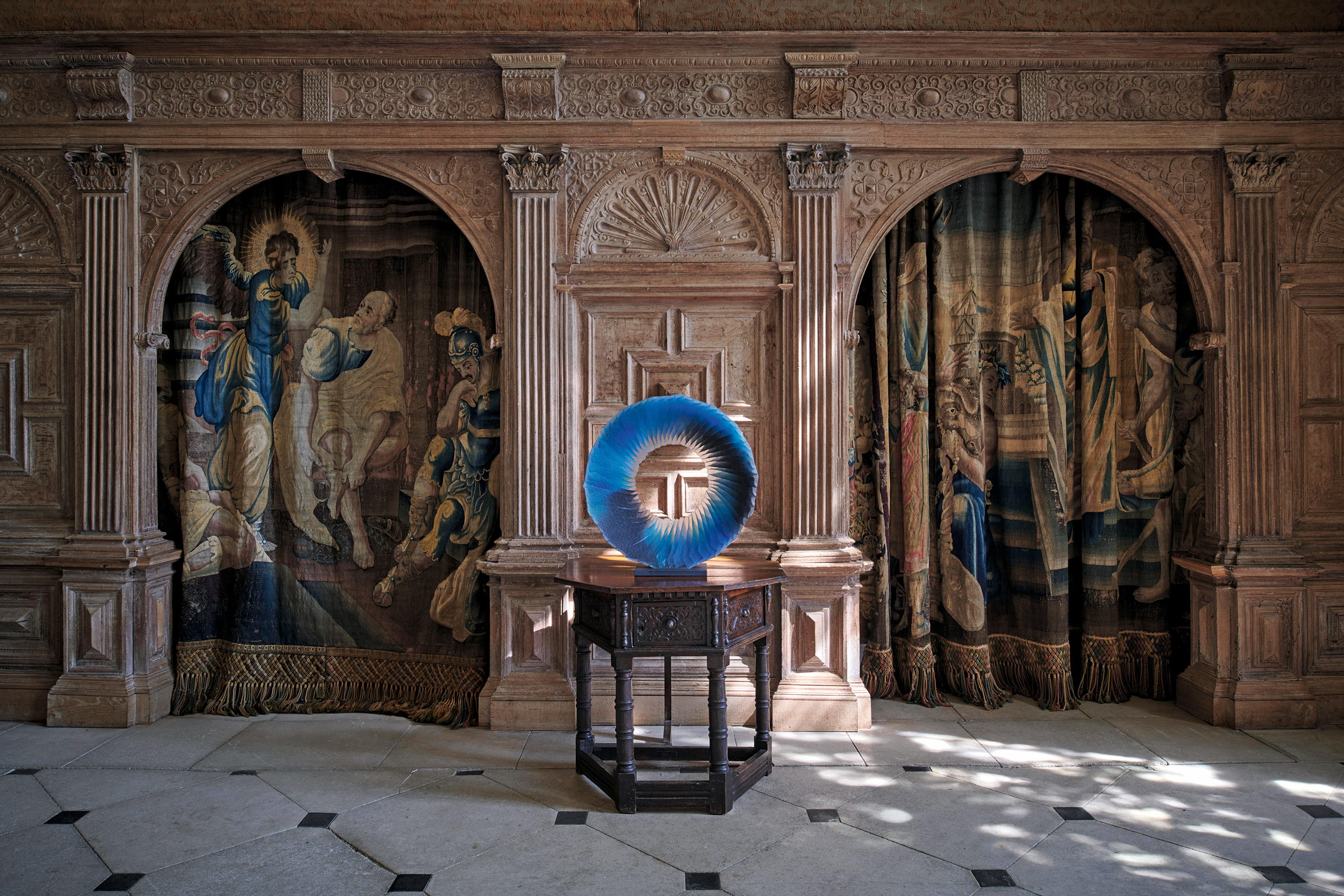

Half a century ago, many people’s first experience of dramatically pared-back modernism was a visit to a contemporary art gallery — lofty, uplifting spaces, such as the Guggenheim in New York, US, and the Pompidou in Paris, France, that were as startling as the exhibits themselves. In 2000, there was a dramatic new arrival in London in the form of Tate Modern with its Turbine Hall, which took minimalism to dispiriting new extremes. The arrival of these galleries gave birth to a new convention in both public and commercial galleries that contemporary art looks best when displayed against a white, minimalist backdrop. The danger is that it can also make it look irrelevant.
Over the past decade or so, there have been plenty of examples of exhibitions in English country houses housed in spaces of a more human scale that offer a brilliant setting for contemporary art, craft and design, notably at Chatsworth in Derbyshire, which has exhibited the work of Thomas Heatherwick and Marc Newson. Similarly, Blenheim Palace in Oxfordshire has shown the work of the Chinese artist Ai Weiwei and, at Parham House, West Sussex, Adrian Sassoon curated an exhibition of work by Felicity Aylieff, Takahiro Kondo, Hiroshi Suzuki and Colin Reid. On a more modest scale, much of the charm of Kettle’s Yard in Cambridge (pictured below) is that its contemporary pieces are displayed in the rooms of four adjacent cottages alongside Jim and Helen Ede’s furniture and found objects.
A post shared by Kettle's Yard (@kettlesyard)
A photo posted by on
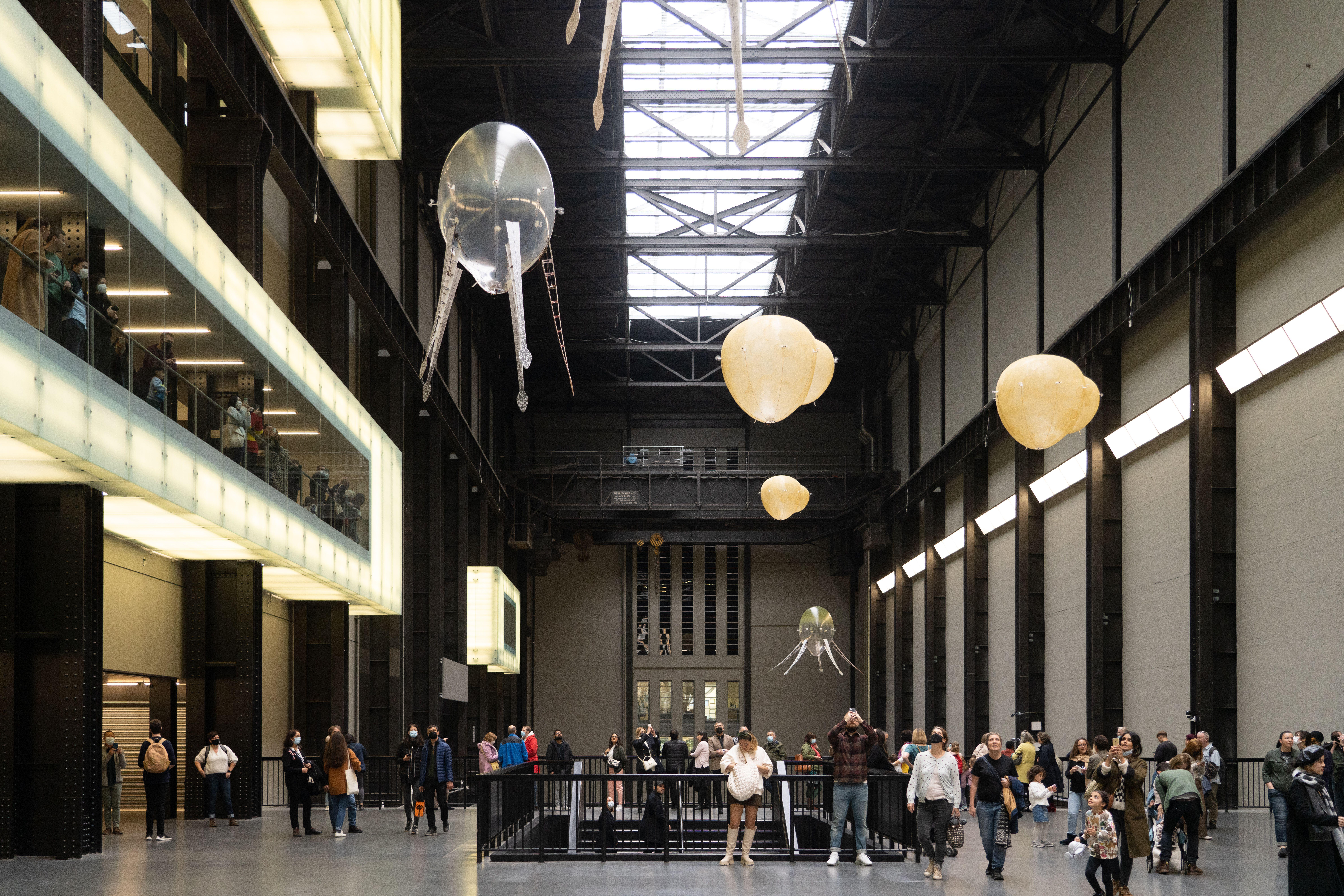
The Tate Modern's Turbine Hall — a far cry from Kettle's Yard.
At this year’s Treasure House Fair, in the grounds of the Royal Hospital Chelsea, London SW3, many of those stands that weren’t designed to look like the beautifully conceived houses were painted in rich colours that lent them a domestic feel. They also demonstrated the fact that art looks much better in context than it does in abstract.
Someone who has long championed this approach is Kit Kemp, the creative dynamo behind Firmdale, which owns several hotels in London and New York. The newest is the Warren Street in the Tribeca district of the city, where the reception area is home to a basket hanging sculpture by Cristián Mohaded, a beaded collage by Sanaa Gateja, a sculpture by Tony Cragg and a Christopher Kurtz’s Skipping Stone table, all set against a vibrant yellow and enjoyed daily by guests and staff. For 21st-century arts and crafts, that’s surely just as it should be.
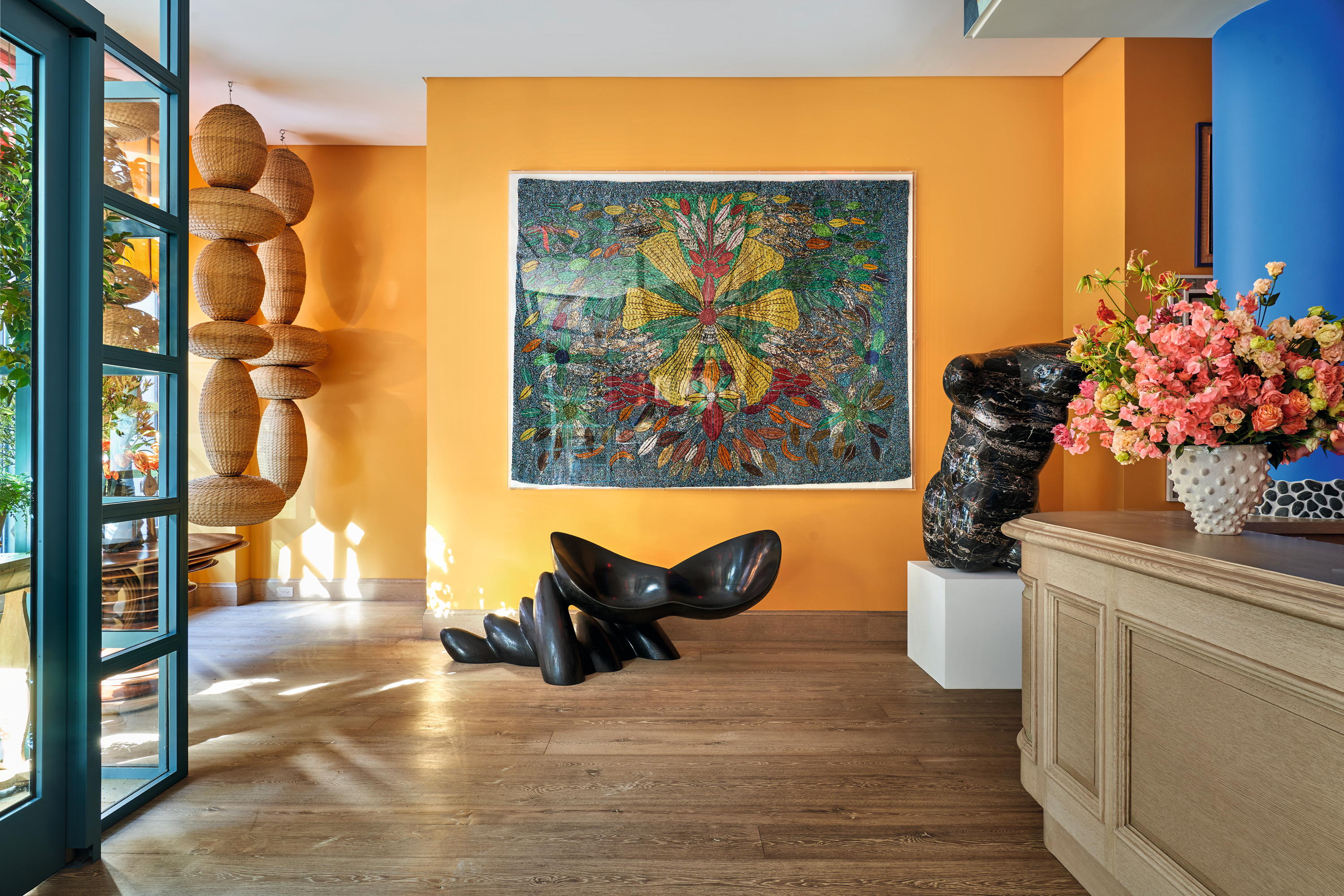
Firmdale's Warren Street Hotel seamlessly integrates art and life.
Exquisite houses, the beauty of Nature, and how to get the most from your life, straight to your inbox.
-
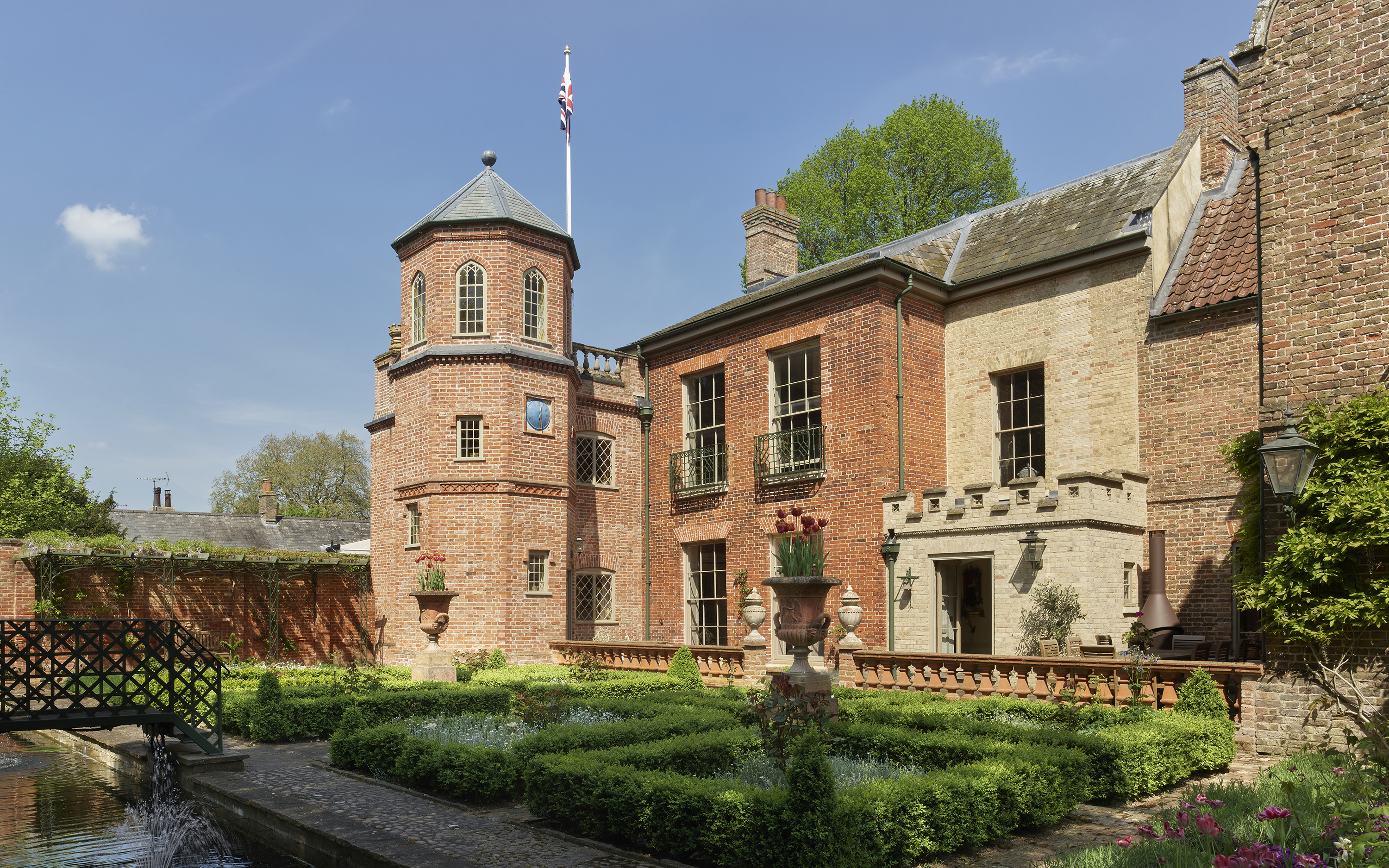 Northwold Manor: 'A place of delight once more after half a century of chaos and neglect'
Northwold Manor: 'A place of delight once more after half a century of chaos and neglect'A heroic restoration project has transformed Northwold Manor in Norfolk — home of Professor Warwick Rodwell and Ms Diane Gibbs — after more than 50 years of being left neglected. It has also illuminated its remarkable history, as John Goodall explains; photography by Paul Highnam for Country Life.
-
 In search of London’s earliest pint
In search of London’s earliest pintEarly houses — pubs open in the early hours to feed and water the market trade — have been a cornerstone of London for centuries. Yet, as Will Hosie finds, they aren’t stuck in the past.
-
 Making space in a Georgian terraced Chelsea cottage
Making space in a Georgian terraced Chelsea cottageGuy Goodfellow removed an internal wall to transform the sitting room of this Georgian terrace
-
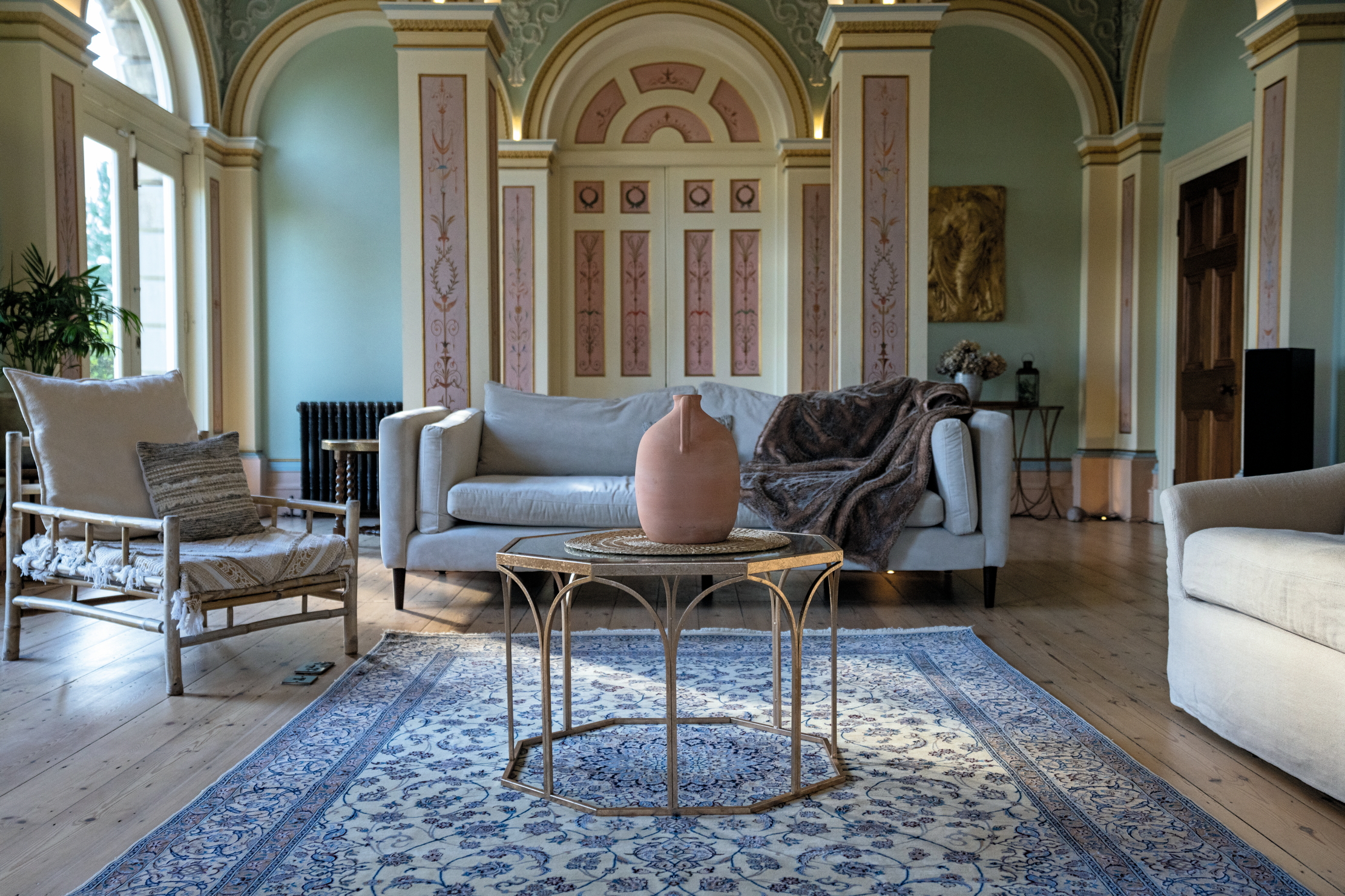 Moths and memories of the Russian Revolution: Why it's worth saving that tired old rug
Moths and memories of the Russian Revolution: Why it's worth saving that tired old rugDon’t consign that faded and tatty rug you inherited to the skip, warns Catriona Gray. A specialist repairer can work miracles on even the most unloved pieces
-
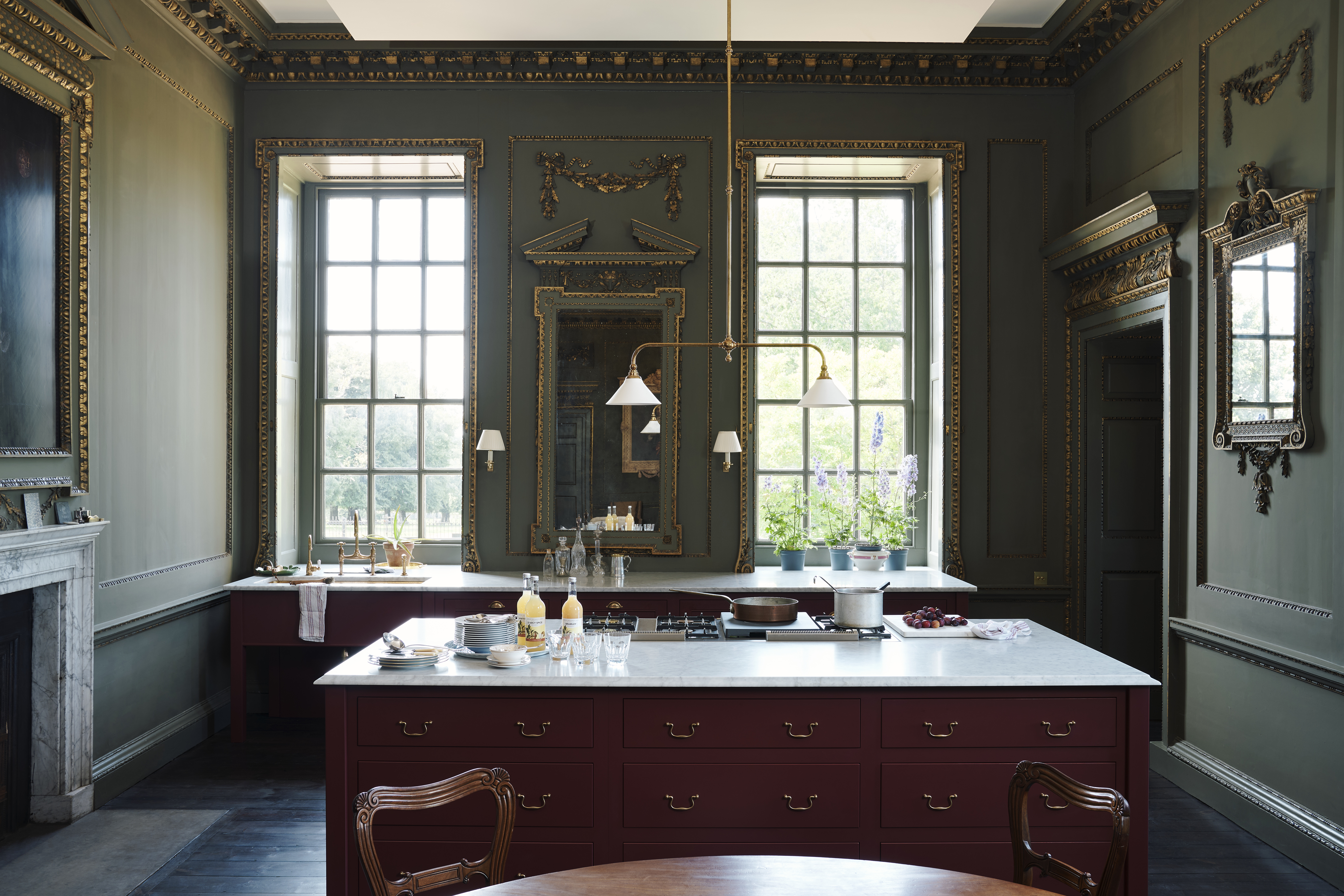 How one family went about creating a welcoming kitchen in one of England's neo-Palladian houses
How one family went about creating a welcoming kitchen in one of England's neo-Palladian houses‘We were nervous about creating a kitchen in such a grand room.'
-
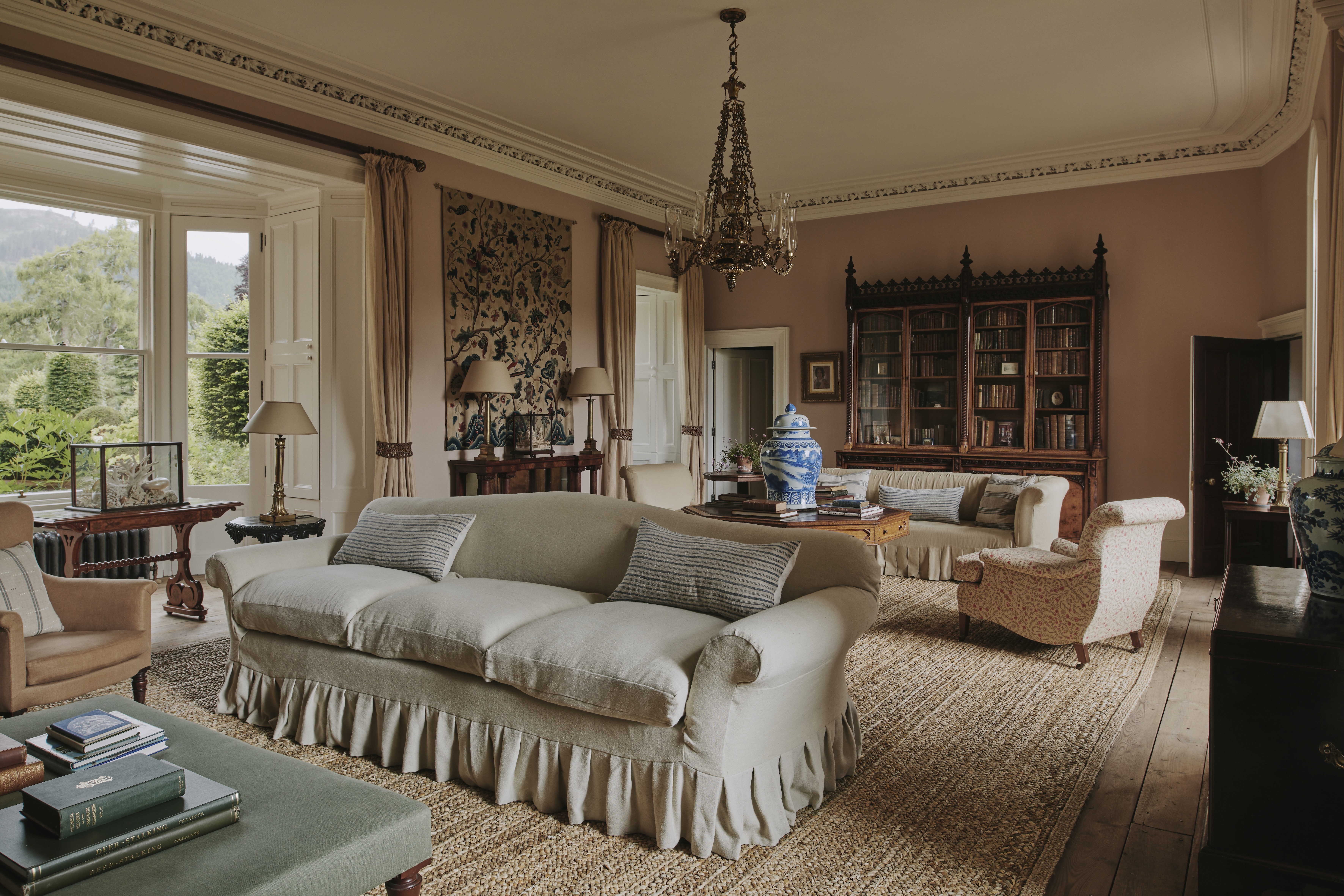 How do you make a 300-year-old Baronial castle fit for modern-day living?
How do you make a 300-year-old Baronial castle fit for modern-day living?A mix of sympathetic colours and elegant furniture has brought new life to this impressive space at Aldourie Castle.
-
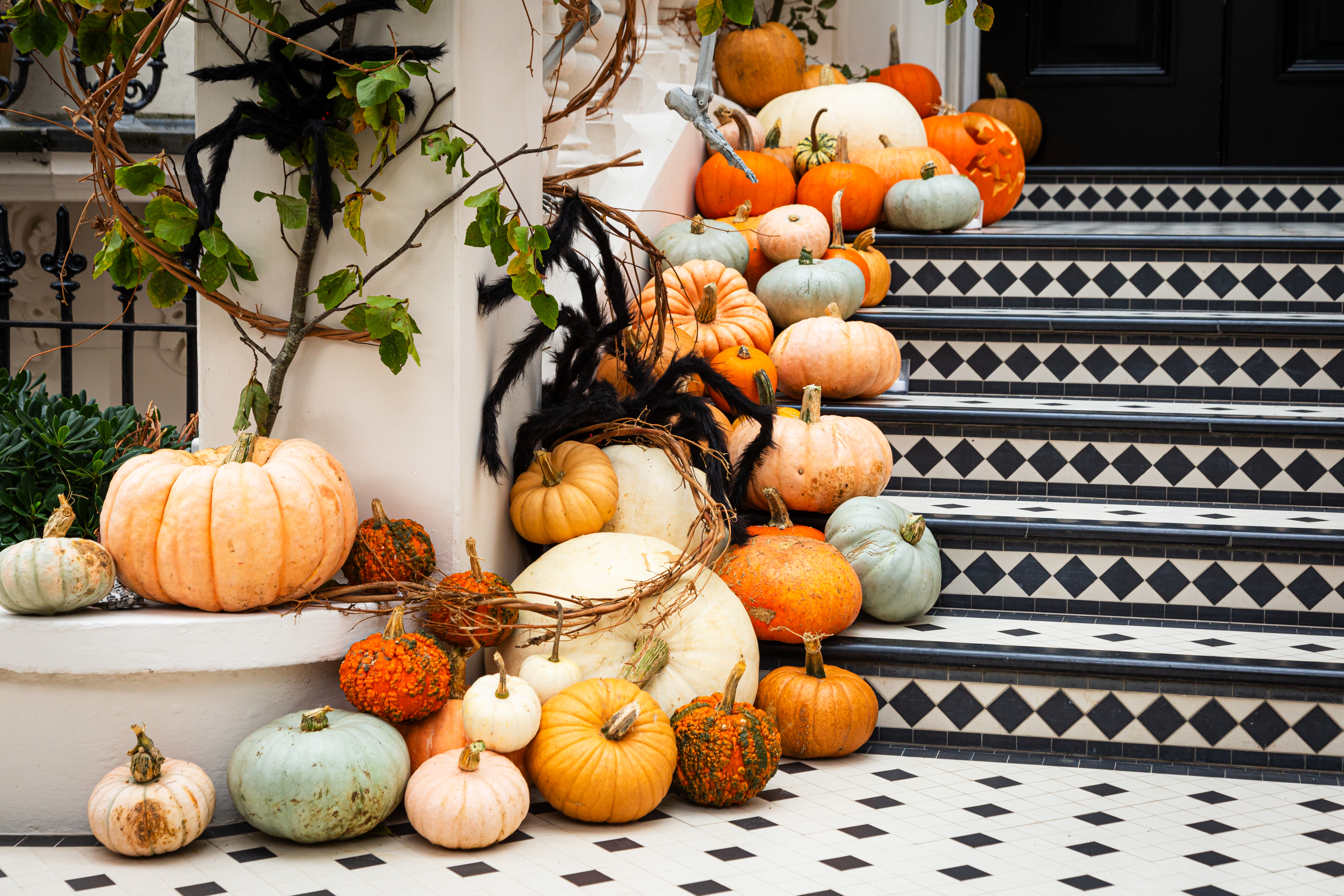 Oh, my gourd, it’s Hallowe’en: How best to decorate your home with pumpkins, squashes and more
Oh, my gourd, it’s Hallowe’en: How best to decorate your home with pumpkins, squashes and moreAs the feast of All Hallow’s Eve approaches, Debora Robertson advises how best to decorate your home with autumn's edible bounty.
-
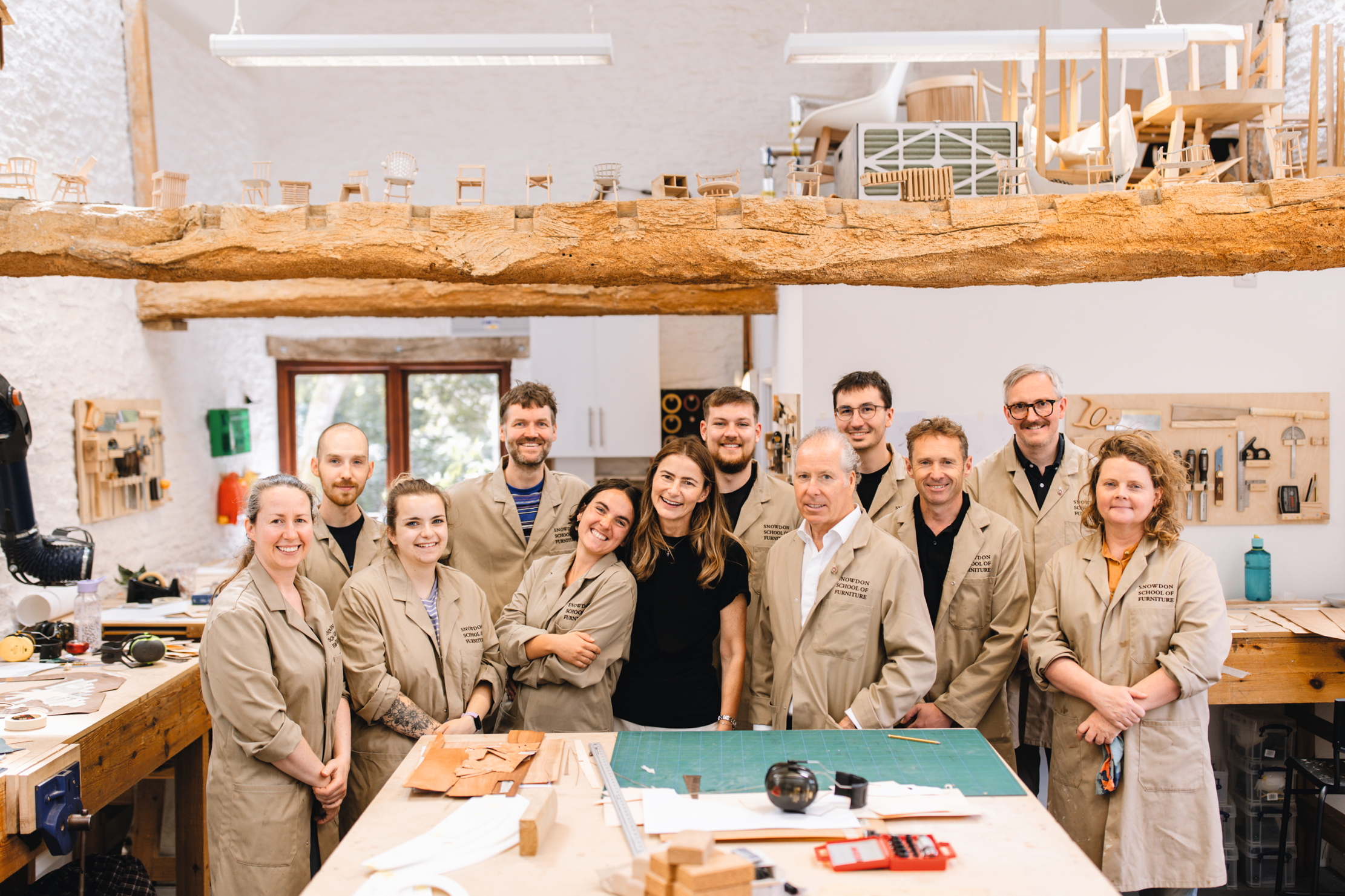 At the Snowdon Summer School, the future of design lies in the traditions of the past
At the Snowdon Summer School, the future of design lies in the traditions of the past'It was the first time that I had ever been around people who shared my interest in making furniture at such a high level — and who shared my passion for fine furniture.'
-
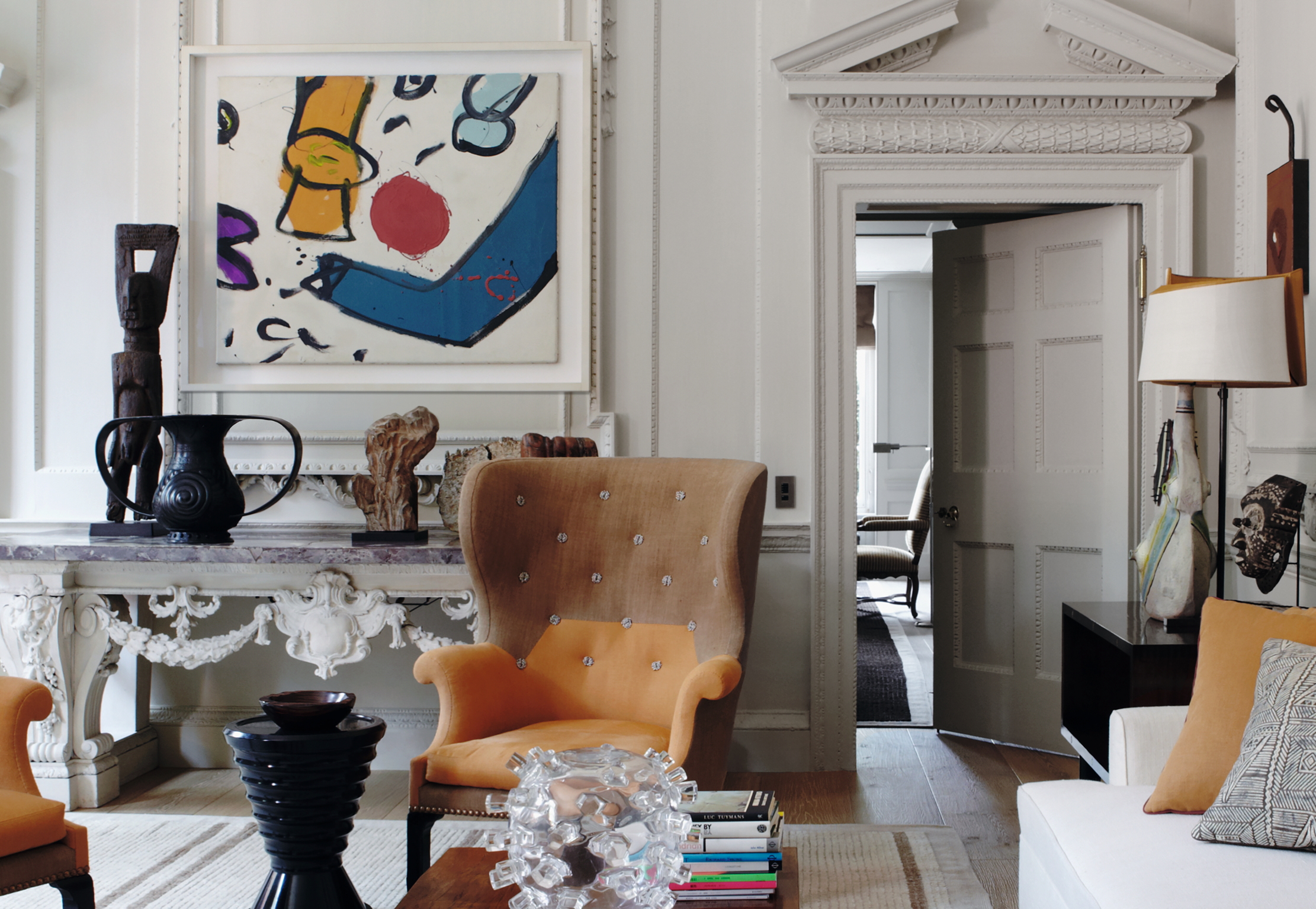 It's a perfect storm for the revival of eclecticism, and we're in the middle of it
It's a perfect storm for the revival of eclecticism, and we're in the middle of itIn design, periods of purism are often followed by a dramatic new mood. Now, the scene is set for an exciting revival of eclecticism.
-
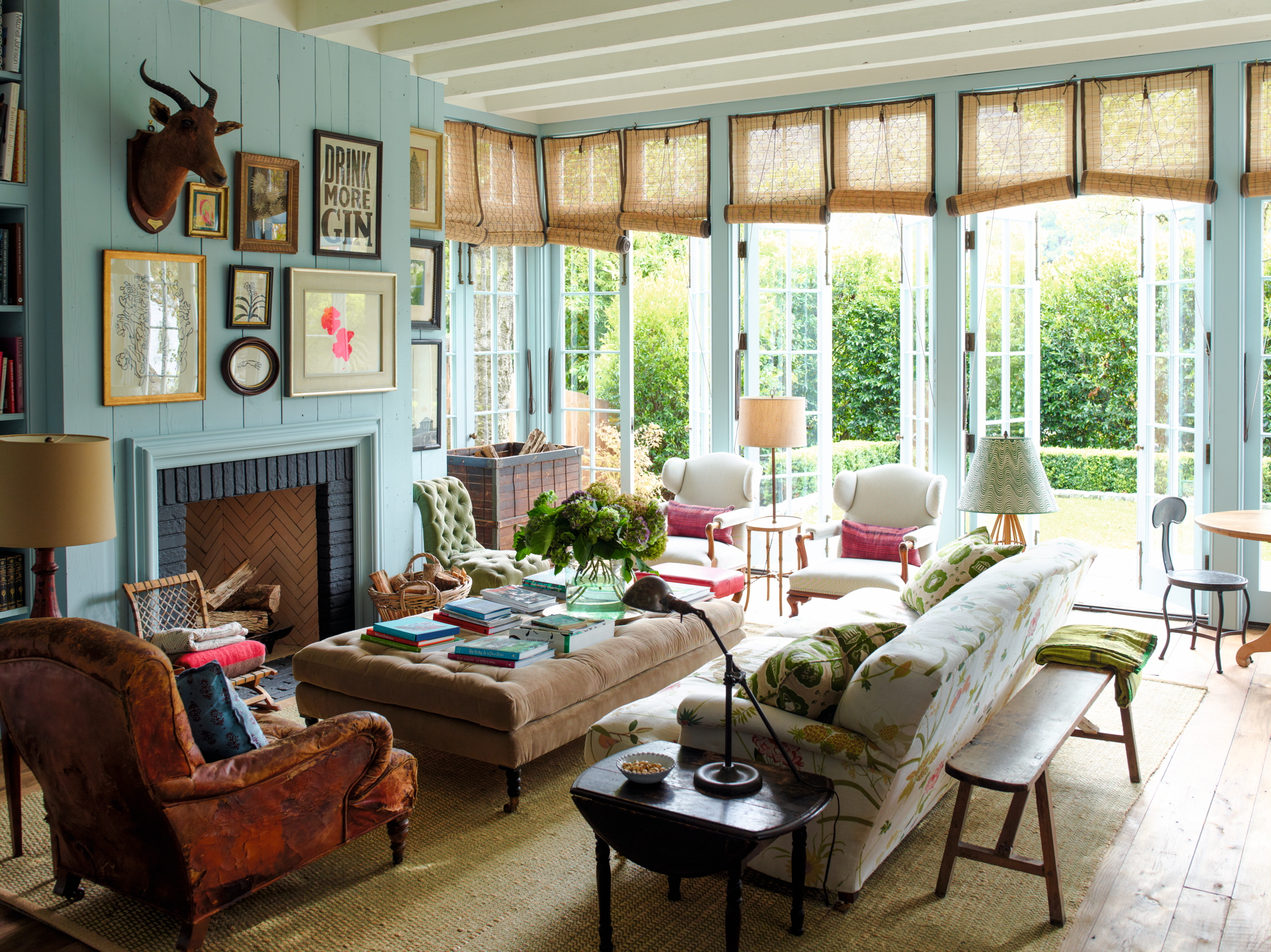 For Rita Konig, interior design isn’t only about coherence and comfort — it should be a celebration of stuff
For Rita Konig, interior design isn’t only about coherence and comfort — it should be a celebration of stuffGiles Kime charts the transatlantic career of the eclectic journalist-turned-designer.
